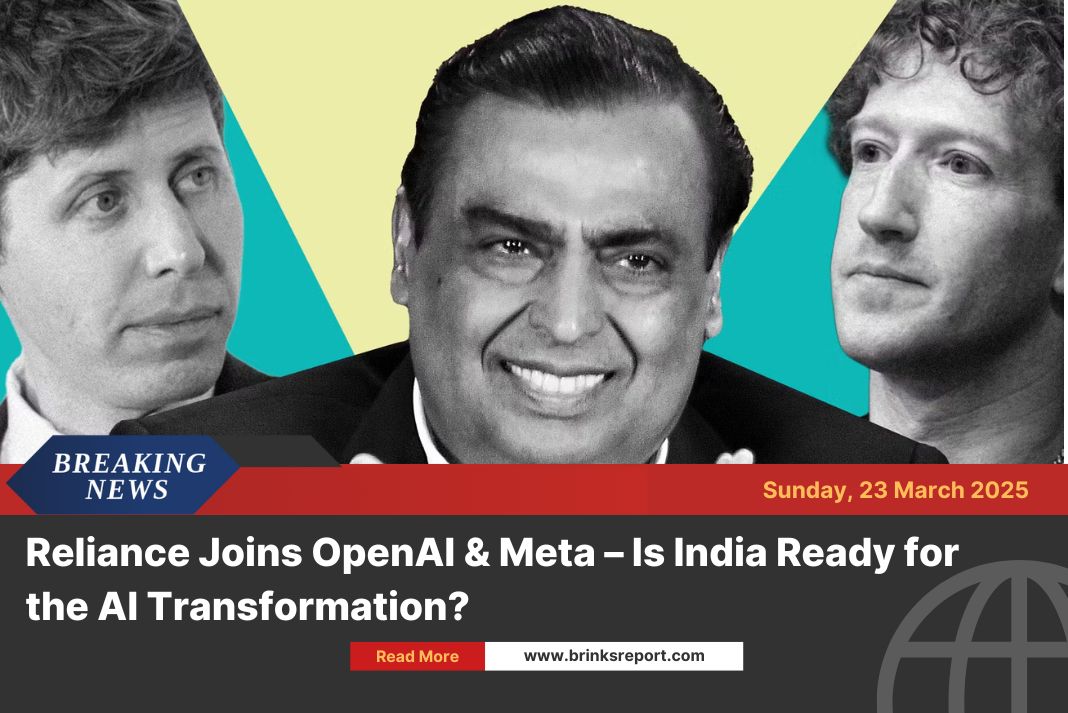
India is sprinting toward becoming the data capital of the world—and the numbers prove it.
Telecom Minister Jyotiraditya Scindia recently declared at the CII Annual Business Summit 2025 that India’s mobile subscriber base has grown from 800 million a decade ago to 1.2 billion today. That makes India the second-largest mobile market globally. Broadband users have surged too—now at 940 million and counting.

It’s a daily essential. And in India, it’s also one of the cheapest in the world.
Back in 2014, 1 GB of data cost a whopping ₹287. Today? Just ₹9. That’s a 97% drop, making India’s data cost only 5% of the global average.
Think about it—Netflix, classes, video calls, job hunting, news, memes—India’s data boom fuels it all.
And we’re not done yet.
The Telecom Revolution, Indian Style
India didn’t just ride the data wave—it made its own. With 1.2 billion mobile users and rising, India’s data demand is powering everything from fintech to telemedicine. As Scindia said, this is a “digital-first economy”, and the revolution is happening not just in metros but in rural towns too.
That ₹9 per GB? It’s not just a number. It’s the reason farmers can track weather updates, kids can attend school on mobile phones, and small shopkeepers can go cashless.
Also Read India’s First 28-90 nm Chip Will Launch in 2025: Ashwini Vaishnaw
Sanchar Mitra: Connecting Citizens
To bridge the remaining digital divide, the government has rolled out the Sanchar Mitra Scheme, a program that links telecom services more closely with everyday users. It aims to ensure that tech doesn’t just grow, it includes.
What’s Next? Satellites & Sky-High Ambitions
Scindia also spoke about satellite communication, saying it’s on the horizon. While the government’s role is to issue licenses, the market is ready to take off. Two companies are already cleared, and a third is close.
As the regulatory body TRAI sets the stage, it’s clear: India is not just aiming for global standards—it’s setting them.
India has gone from paying ₹16 a minute for a call to ₹9 a gigabyte. From scattered cell towers to satellite plans. This isn’t just telecom growth—it’s a data revolution. And it’s turning India into the data capital of the world—on its own terms, at its own speed.
Also Read India Overtakes Japan to Become World’s Fourth-Largest Economy, Reaches $4 Trillion GDP Milestone












